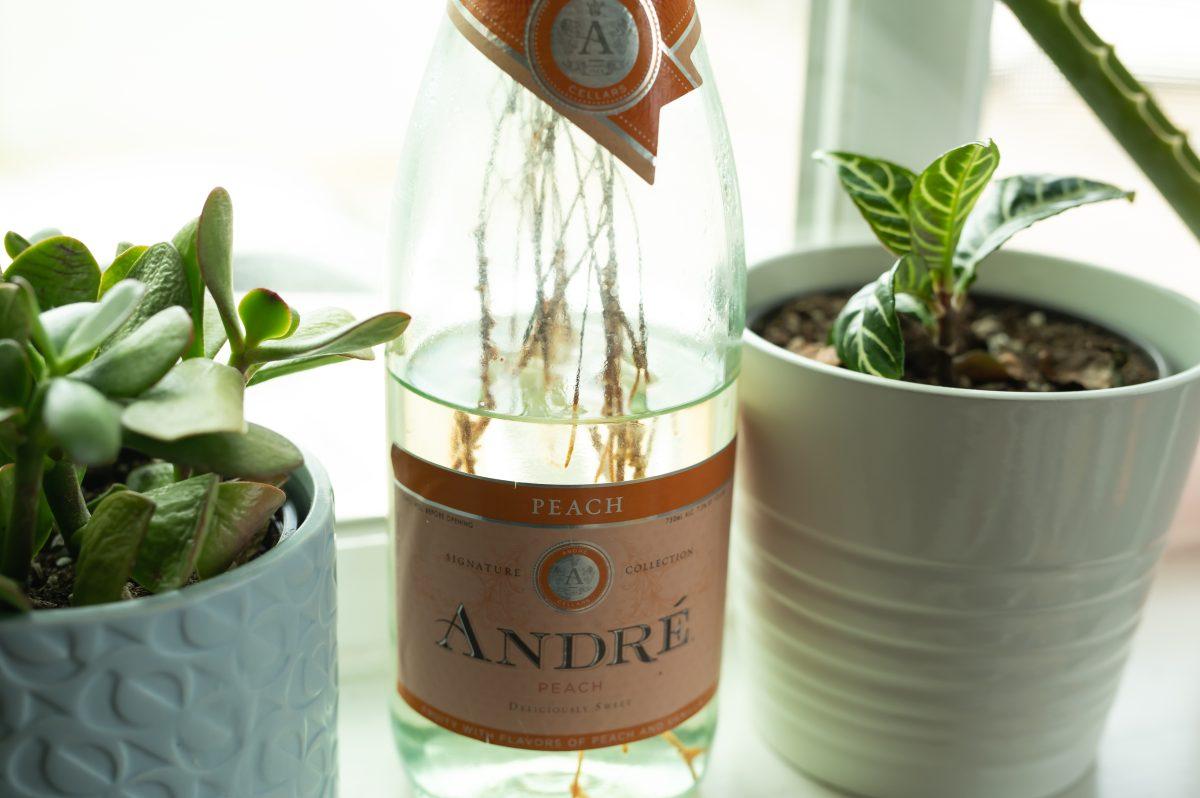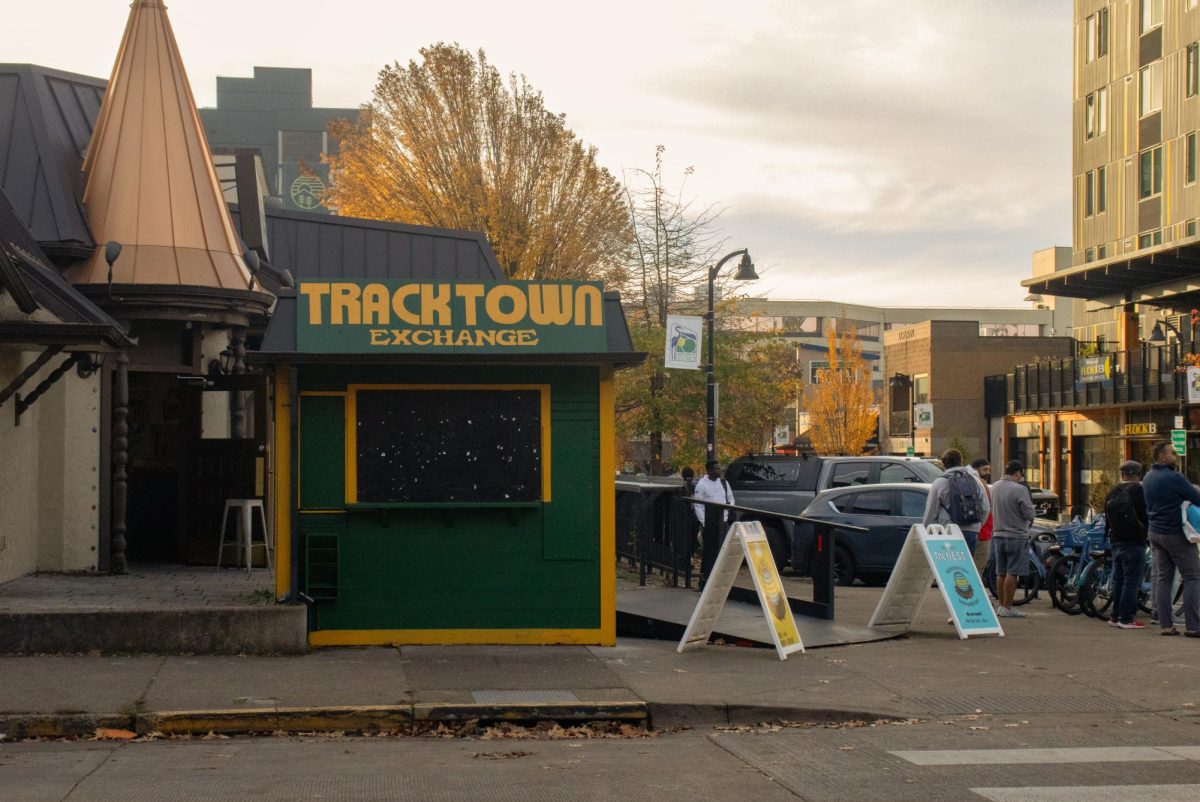Need a new summer hobby? With the limited indoor and outdoor space typical of college living, planting your own vegetable garden likely isn’t high on your list of possibilities. You may not have access to a large sunny yard to transform into a lavish garden bed, but on a smaller scale, growing something fresh and edible is within reach for anyone—whether you only have a dorm windowsill to work with, an apartment balcony, or small patio space.
Leafy greens and herbs such as lettuce, mint and basil are great options for indoor or small space gardening, since they usually do okay with partial sunlight and they have shallow roots, not requiring deep bulky pots. Plus, in a pretty pot they look like decorative houseplants. So this summer, try out some of these tips and grow your own fresh summer salad, basil to blend in delicious pasta sauces, or mint to muddle in refreshing cocktails.
General Tips for Perky Plants
In general, happy vegetables want three things: good soil, good sunlight and water. When gardening out of pots, it’s important to buy potting soil in particular so that water can drain properly and avoid root rot. It’s also a good idea to pick up an organic plant food to enrich the soil and give baby plants an extra boost when adjusting to a new home—one of the most highly recommended brands is Espoma’s Organic Plant-tone.
When you buy a new plant, always check the label to see how many hours of sunlight per day and water per week it needs. Start to notice what windows or areas of your outdoors space get the most sun throughout the day, and try to create a space for pots in that location. If you are gardening indoors and your window-side setup doesn’t seem to be getting enough sunlight, you can also purchase a grow light, or even cheaper, a grow light bulb by itself, which can be installed in a lamp that goes with your decor style. An additional potential problem with indoor growing is in apartments that lack humidity, but this can be rectified by occasionally misting plants using a spray bottle.
Potting Advice for Beginners
At this point in the season, a small-space gardener will probably have more success with potting pre-grown starter plants than growing from seeds. The most inexpensive places to purchase these starters are the garden centers at grocery or hardware stores like Fred Meyer and Home Depot. Transfer them to larger pots of soil and watch them grow bigger over the summer.
Replanting purchased vegetables or herbs into pots is simple. Cover the bottom of a pot, which must be large enough to accommodate eventual root growth, with potting soil, then fill the rest with a hole left in the center for where the plant will go. For great results, sprinkle some organic plant food at the bottom of the hole. Carefully remove the plant and the soil packed around its roots from its flimsy plastic container, and gently pull the roots and soil apart to loosen them. Drop the plant with loosened roots into the hole, and smooth out the surrounding soil. Drench with water and allow it to drain.
Get crafty! Your window-side or small outdoor potted garden isn’t only a source for fresh veggies and herbs, it also can be a beautiful way to bring life and personality to your space. Thrift unique ceramic pots to garden in, or DIY your own to match your personal style by painting terracotta pots with acrylics or mod-podging fabric or tissue paper to the outside. Just remember to not cover the inside of the pot where the soil will touch, and don’t cover up the drainage hole on the bottom.
Regrowing Veggies from Scraps
If you’ve bought heads of romaine lettuce for a salad, don’t immediately compost the stumpy ends of them. They are actually regrowable, and you can renew your lettuce supply for free! Simply place the stump leaf-side up in a bowl near a window, submerge halfway in water, and new baby leaves should begin to grow from it. Once the baby leaves have been given time to grow for a few days, transfer your new lettuce plant to a pot of soil. This same method can be attempted with the base scraps of celery, cabbage and bok choy.
Green onions, my stirfry must-have, can also be easily regrown indoors from end scraps. Stand the usually discarded rooted ends of green onion stalks in a glass of water, with the base submerged but the top dry, and replant in soil when the roots are a few inches long. You can use this same strategy to propagate clippings of mint or basil leaves, just make sure that the leaf has a good 2-3 inches of stem under the waterline. Transfer to soil when their roots are a few inches long. In my experience trying this method, I have found varying degrees of success and disappointing failure, but regardless it’s an entertaining and free experiment.







